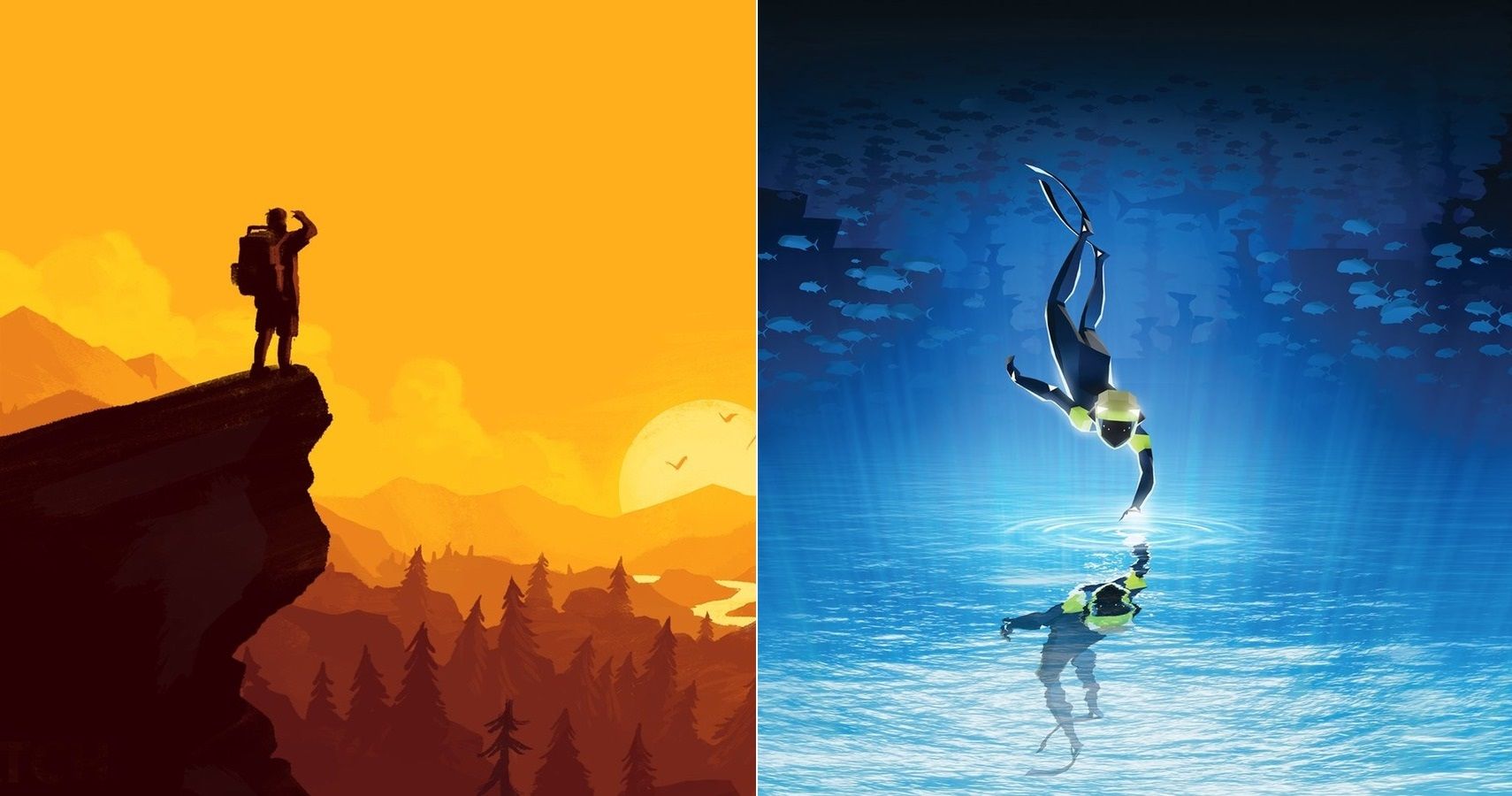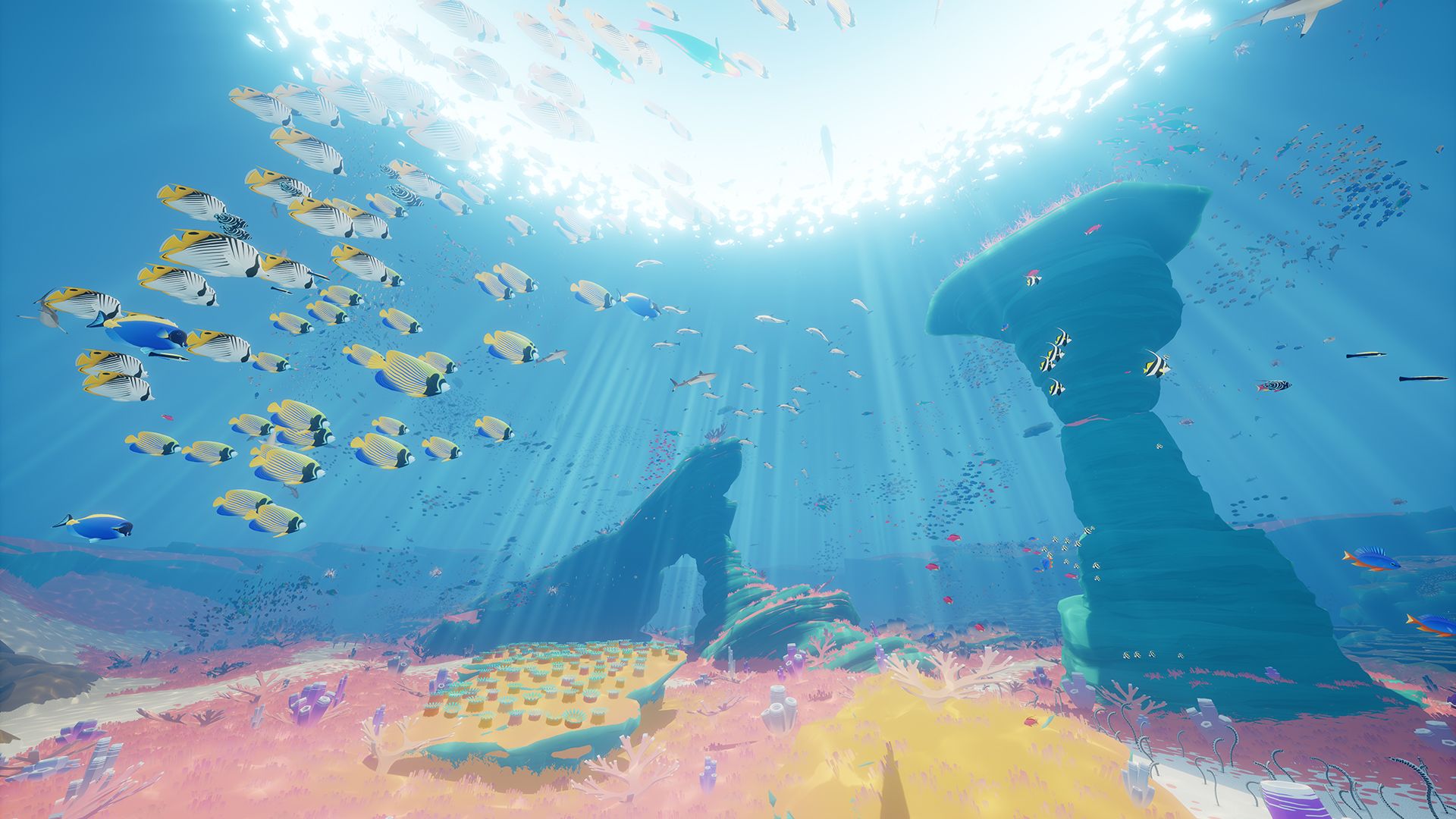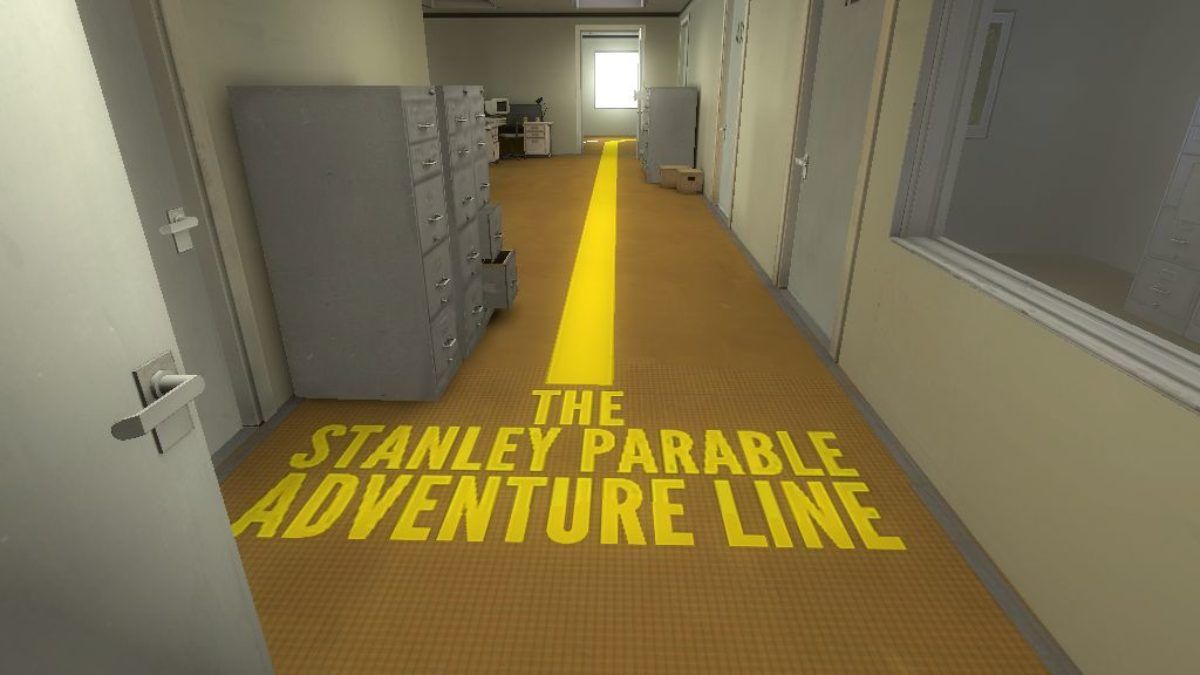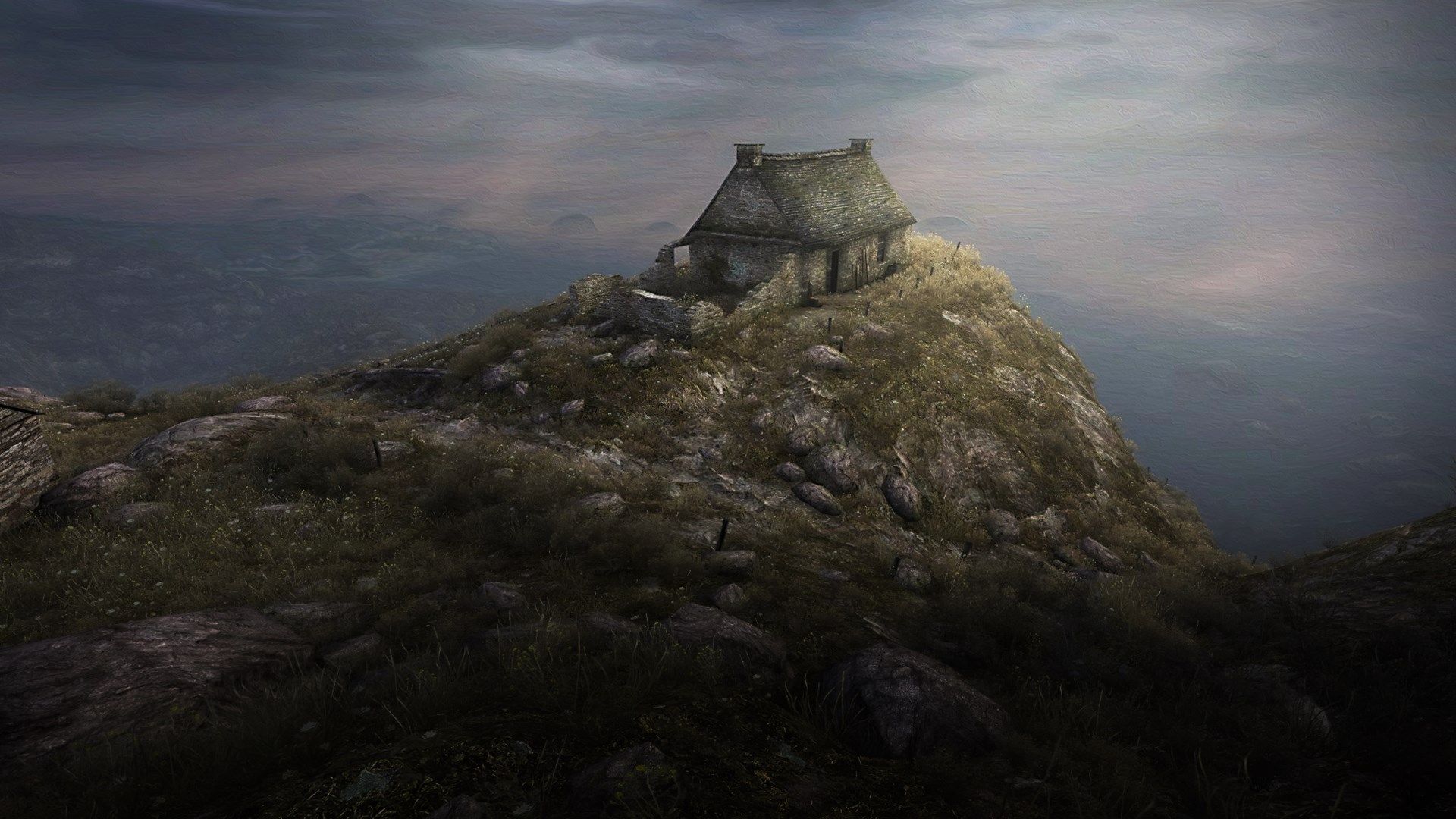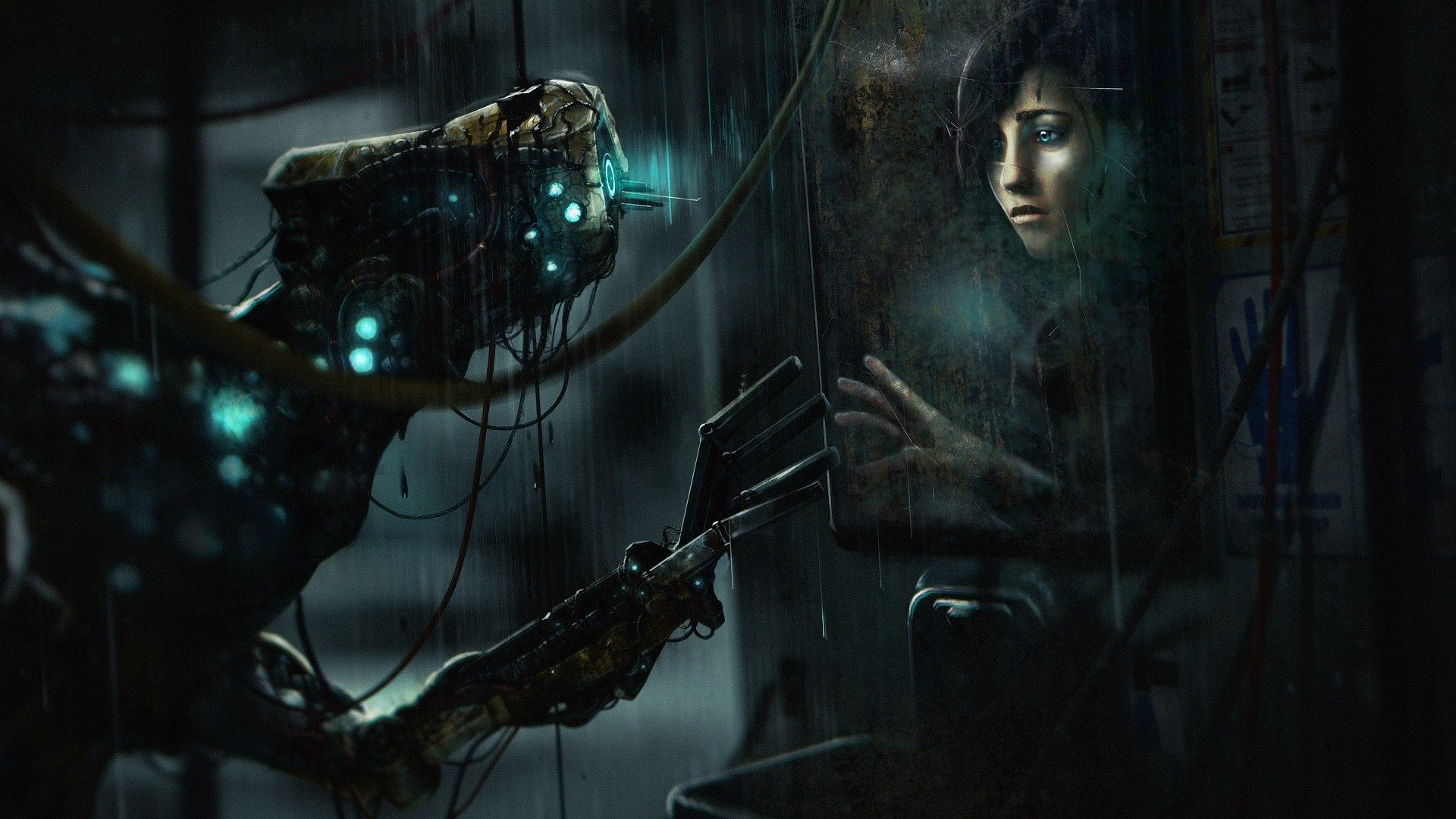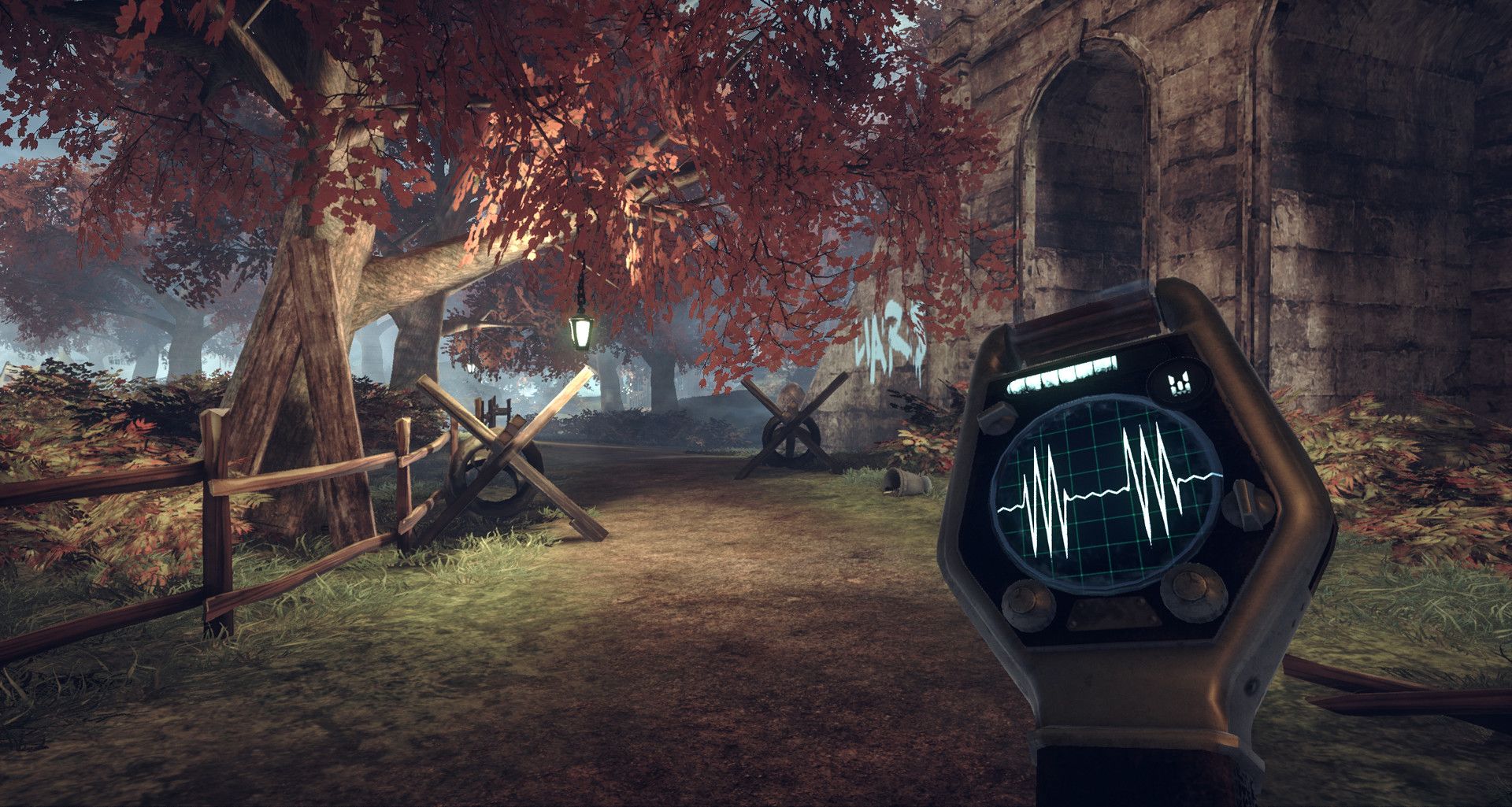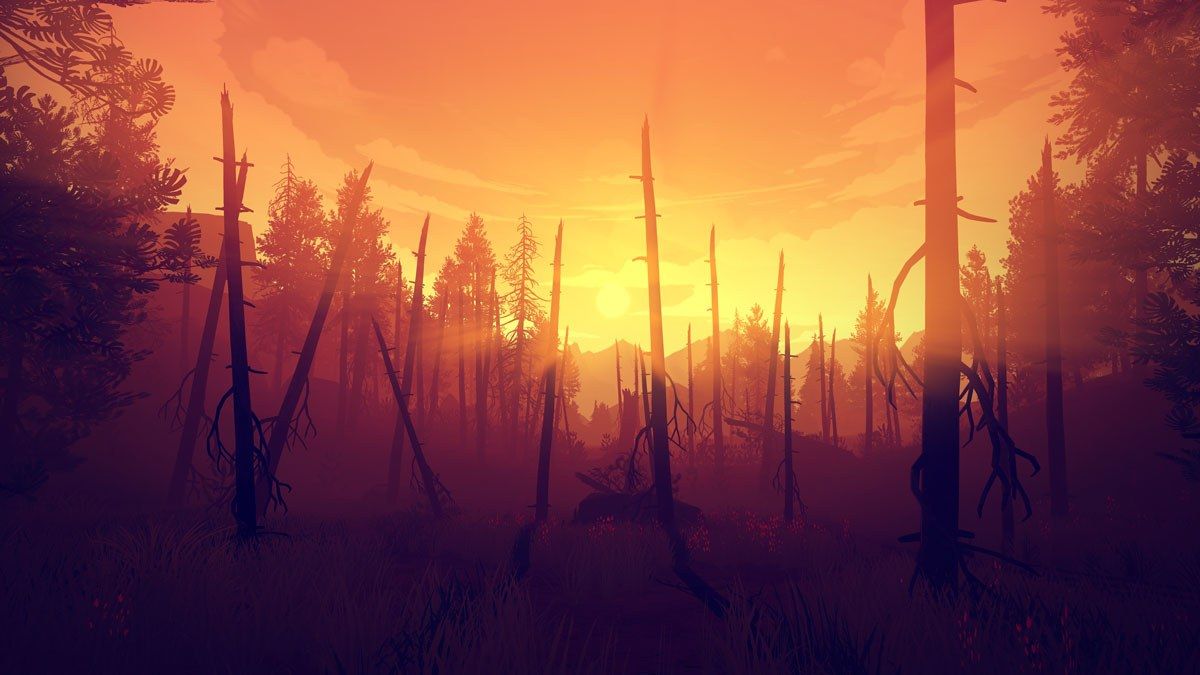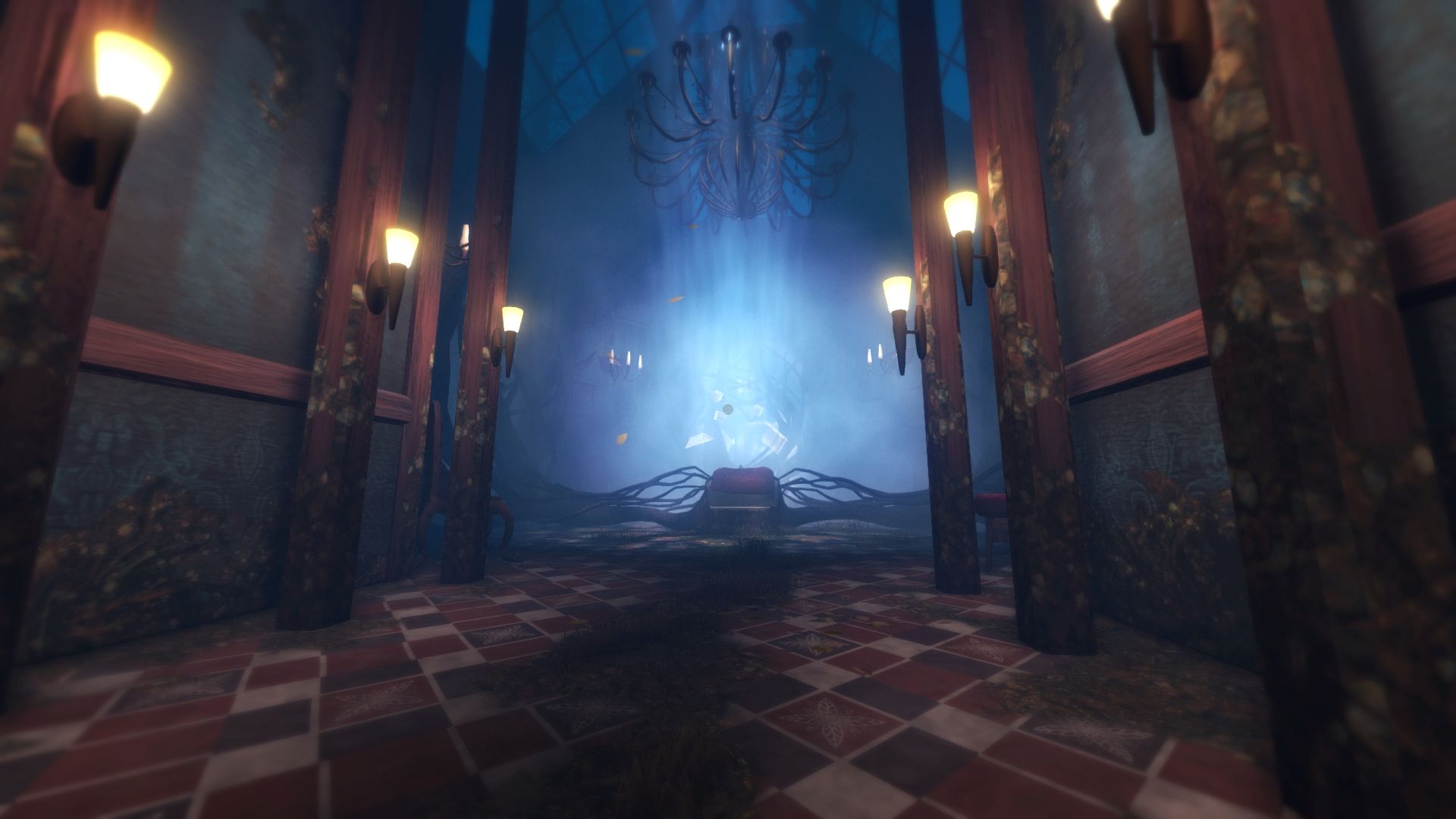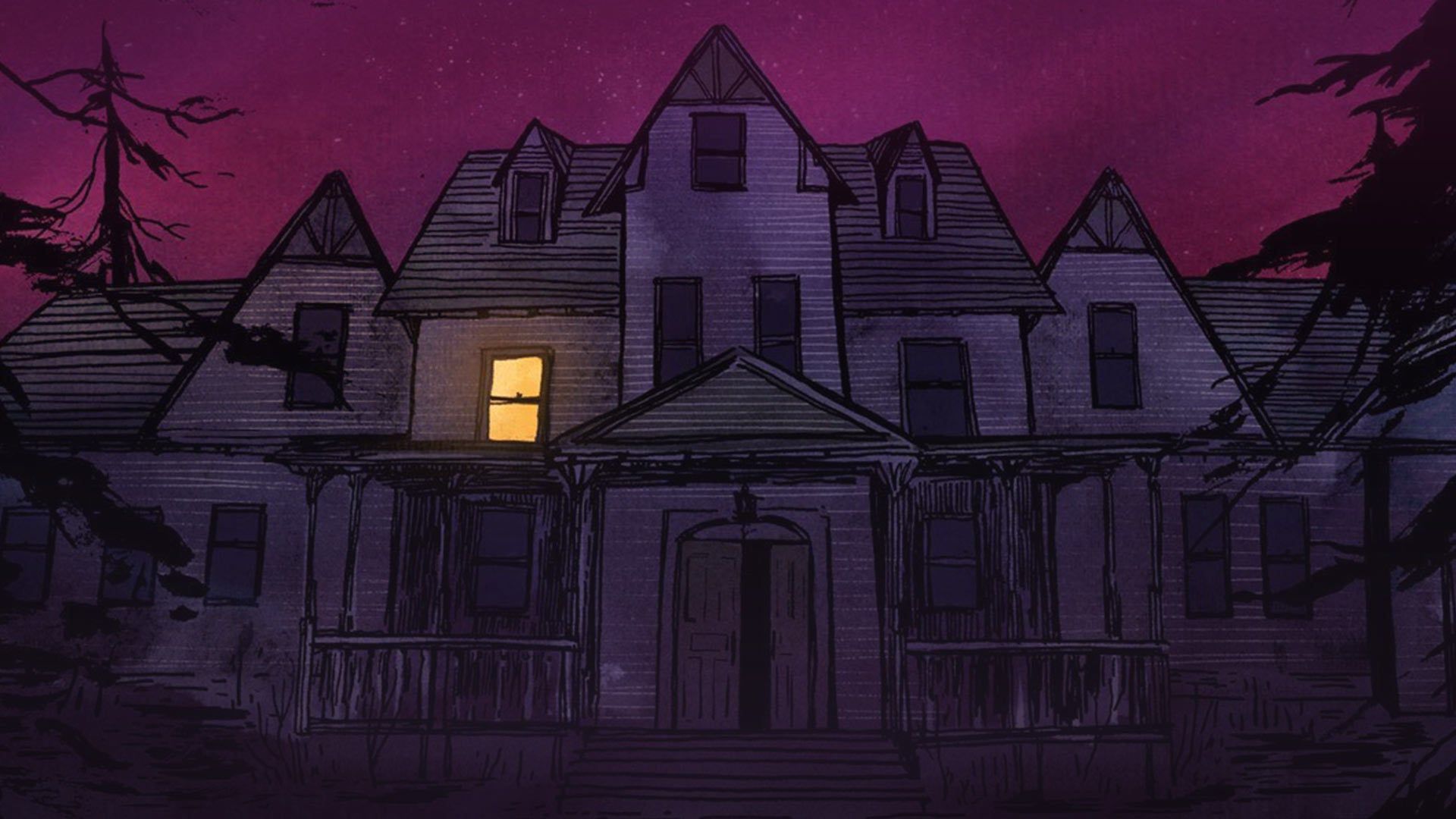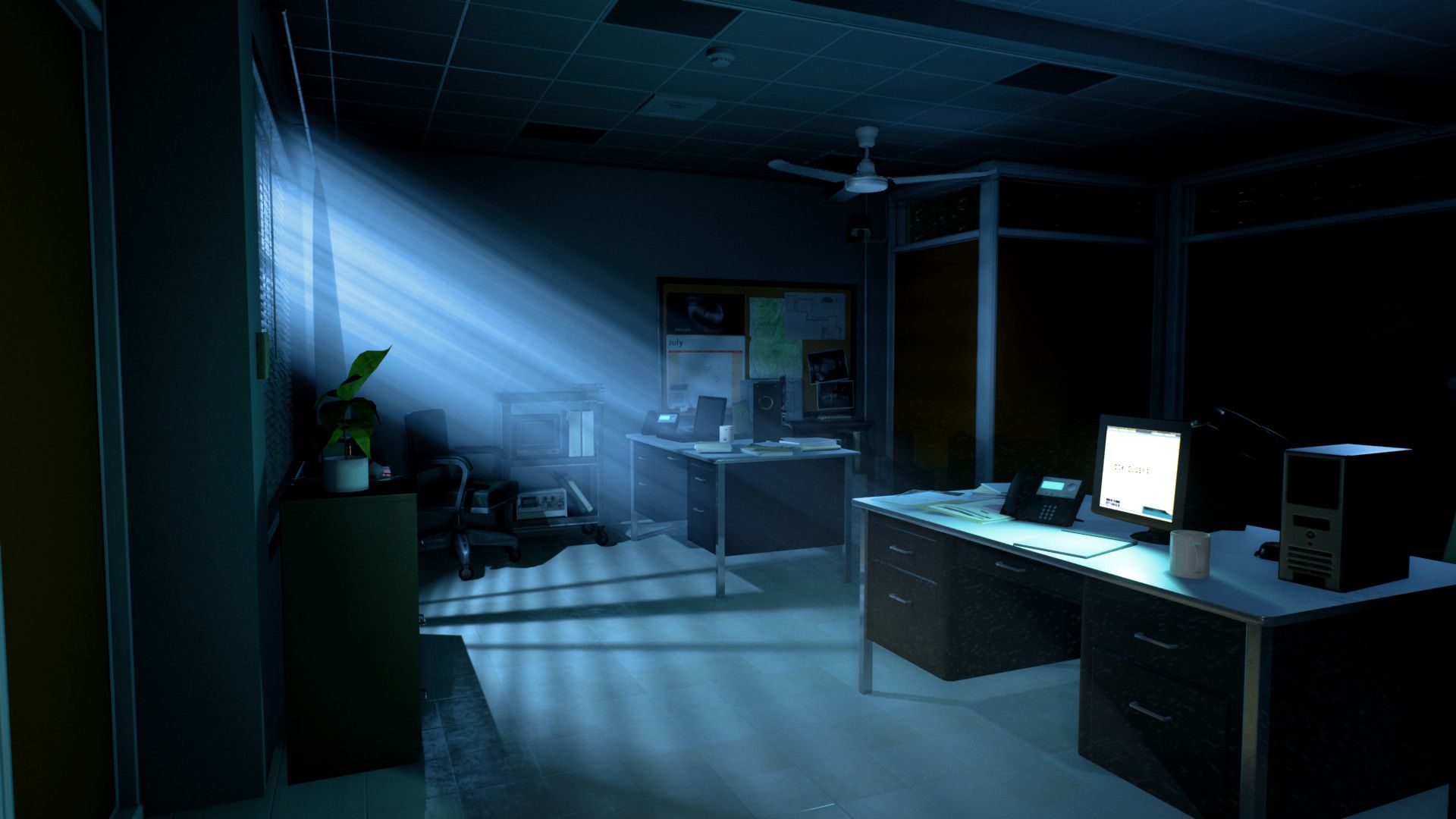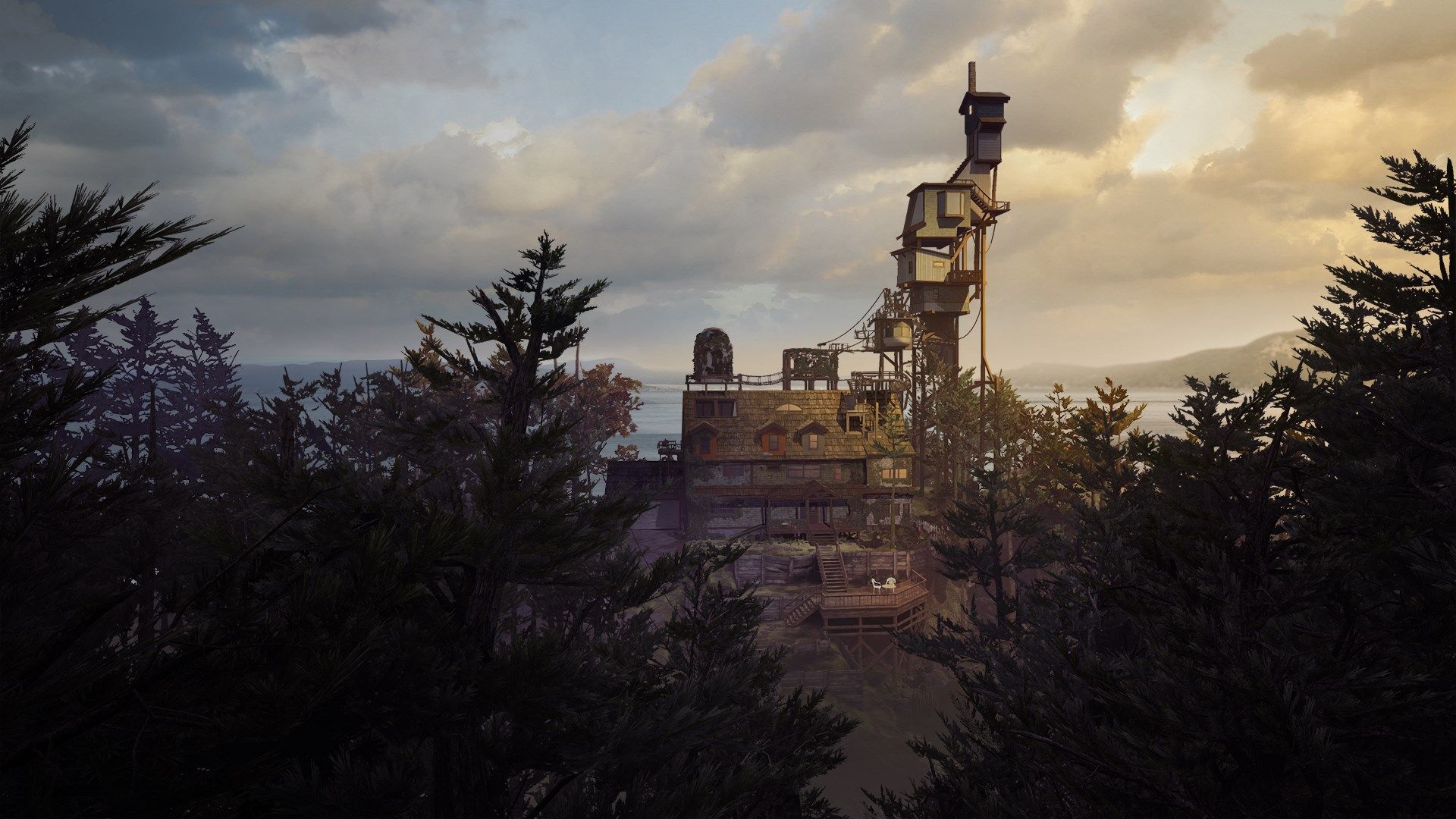"Walking simulators" are divisive by nature. They are also sometimes known as exploration games or visual novels and tend to focus on the art, story, and atmosphere rather than gameplay mechanics. In fact, calling a game a walking simulator is often meant as a derogatory statement against the game, meaning there's nothing to do and no reason to play it — you might as well go outside and walk around.
But a lot of people also dearly love many of these kinds of exploration games, because of the way they can blend interactivity and story. However, with the quality of these games already hotly debated, we're going to take a look at some of the best and worst of the genre.
10 10. Worst: Abzû
Not so much a walking sim as a swimming sim, Abzû puts players in the role of a lone diver exploring a lush and beautiful underwater landscape. Its creators had previously worked on the indie hit Journey, but it never hits the emotional highs and lows of its predecessor.
With storytelling being such an important part of any exploration game, Abzû, unfortunately, falls short. The game might be beautiful to look at, but there's little happening below the surface.
9 9. Best: The Stanley Parable
The Stanley Parable started out as a mod for Half-Life 2, but after a positive reception was released as a stand-alone game in 2013. It follows an office worker named Stanley who finds everyone missing from his office and starts hearing a narrator describe his actions to him.
It's a comedic take on narrative tropes and agency in video games, and much of the story comes from the player adhering to or defying the story the narrator lays out. It's received multiple awards and has been hailed as a breakthrough in interactive narrative design.
8 8. Worst: Dear Esther
This is liable to be controversial, considering that Dear Esther pioneered the entire concept of walking simulators, but it just isn't a good example of what the genre can offer anymore. It also started life as a modification for the Source game engine and was released commercially in 2012.
The player explores an unnamed island while listening to a voiceover of a man reading letters to his dead wife. While walking sims as a whole are criticized for their lack of gameplay, Dear Esther barely asks the player to interact other than, you guessed it, walking around. The disconnect between your actions and the story is much larger than most modern exploration games.
7 7. Best: SOMA
Developed by Frictional Game, SOMA take a lot of elements from their previous survival horror experiences, trims down elements like inventory management and focuses on the story. Especially considering the patched in "Safe Mode" that prevents the much-criticized monsters from killing the player, it definitely qualifies as a walking sim.
The main character, Simon Jarrett, wakes up from a surgical procedure to find himself in a crumbling underwater research facility. What he uncovers reveals a moving meditation on the nature of consciousness and humanity.
6 6. Worst: Empathy: Path of Whispers
This is a less well-known game than most on this list, the first title from indie developer Pixel Night. Empathy: Path of Whispers falls short of its high hopes to redefine its genre. For much of the game, the player is confused about what's happening and what they're supposed to be doing. The major gameplay mechanic is to match the wavelength generated by certain objects with your scanner, which can be frustrating and quickly becomes tedious.
There's a lack of any genuine exploration since you're guided by a voice that seems to know exactly what you're going to find before you get to see it. The story might be interesting if you can figure out what's going on.
5 5. Best: Firewatch
It's hard to say much about Firewatch that hasn't already been said. It was very positively received for everything from its story and dialogue to its visual style. You take on the role of Henry, spending a season as a fire lookout in the Shoshone National Forest, who's only other point of contact is his supervisor Delilah's voice over his walkie-talkie.
You uncover mysteries the forest is hiding and develop that relationship, all the while exploring the beautiful forest. The ending is divisive, but the experience is worth it.
4 4. Worst: Among The Sleep
This straddles the line between survival horror and walking sim; there are fail states that require restarting at a checkpoint, but the majority of the game is just being chased around the environment by vague monsters and hallucinating your teddy bear talk to you.
The premise of the game is interesting enough since the player character is a two-year-old child, but the gameplay and story don't follow up on the unique idea and instead end up being a run-of-the-mill indie horror title.
3 3. Best: Gone Home
Gone Home was also one of the pioneering titles in the walking simulation genre, but it more closely ties the actions of the player character to the story you're uncovering and so holds up better than Dear Esther does. You play a young woman returning home from overseas and exploring her empty family home, slowly uncovering the events that led to the state of her house.
It all traces back to her younger sister and her discovery that she's gay. The nontraditional gameplay and engrossing story earned it praise, but it was also one of the first to be disparaged as a "walking simulator".
2 2. Worst: Asemblance
When you first jump into Asemblance, the visual style and mishmash of old technology make for a moody atmosphere that encourages you to explore. But it never quite lives up to that promise. You advance the story by examining your surroundings or certain key items, but what unlocks the next fragment of the story is never clear.
Too often you'll find yourself wandering from room to room, looking at everything, hoping to stumble across the path forward. While there are some engaging story moments, it never coalesces into something that makes wading through the frustrating gameplay worthwhile.
1 1. Best: What Remains of Edith Finch
Perhaps the best example of what exploration games can accomplish while still remaining solidly within the limited interactively framework of the genre, What Remains of Edith Finch is a beautifully told story about life, death, fate, and grief. You explore the almost fantastical Finch estate, uncovering stories about its doomed residents through playable vignettes.
These short stories vary in the amount of input required from the player—at its worst, you simply press a button to advance the narration, but at its very best the interactivity drives home the emotional core in a way simply sitting and watching could never accomplish.

